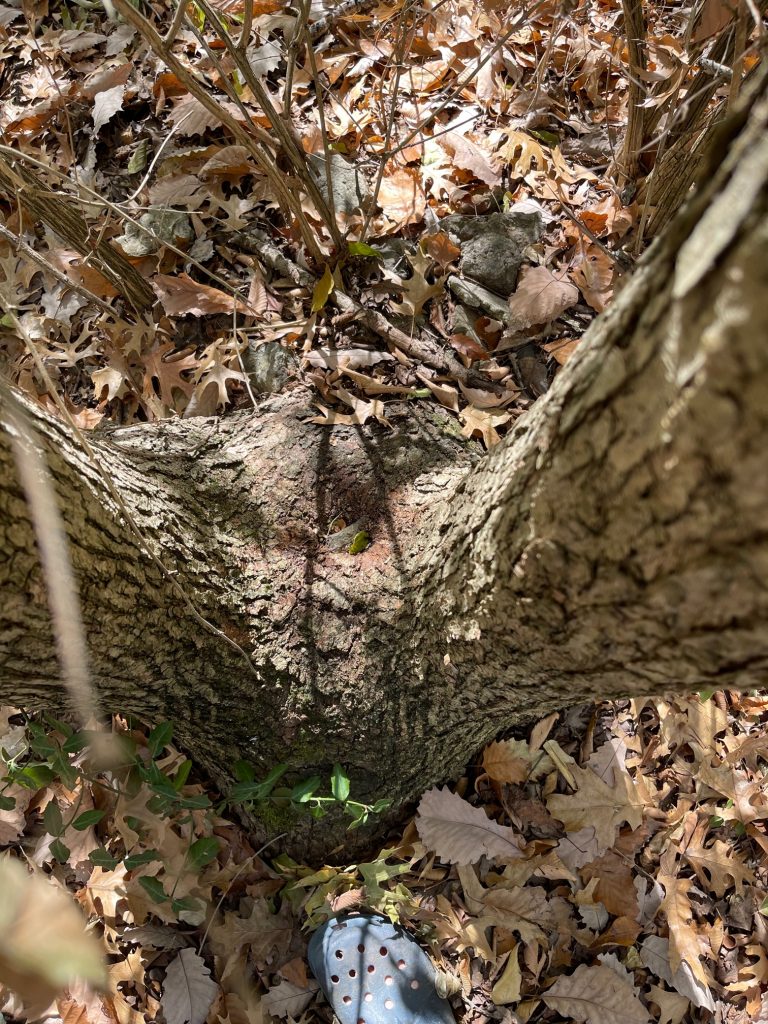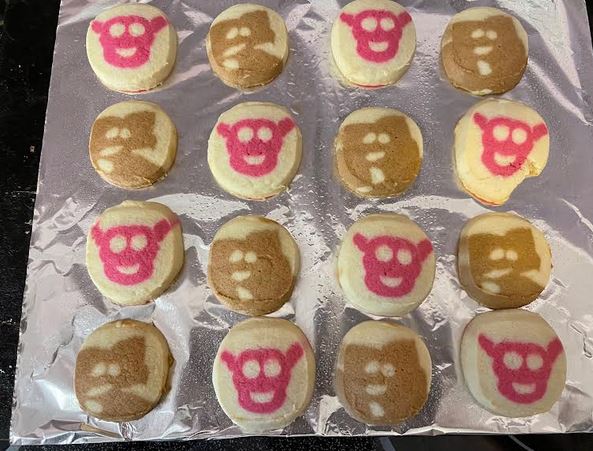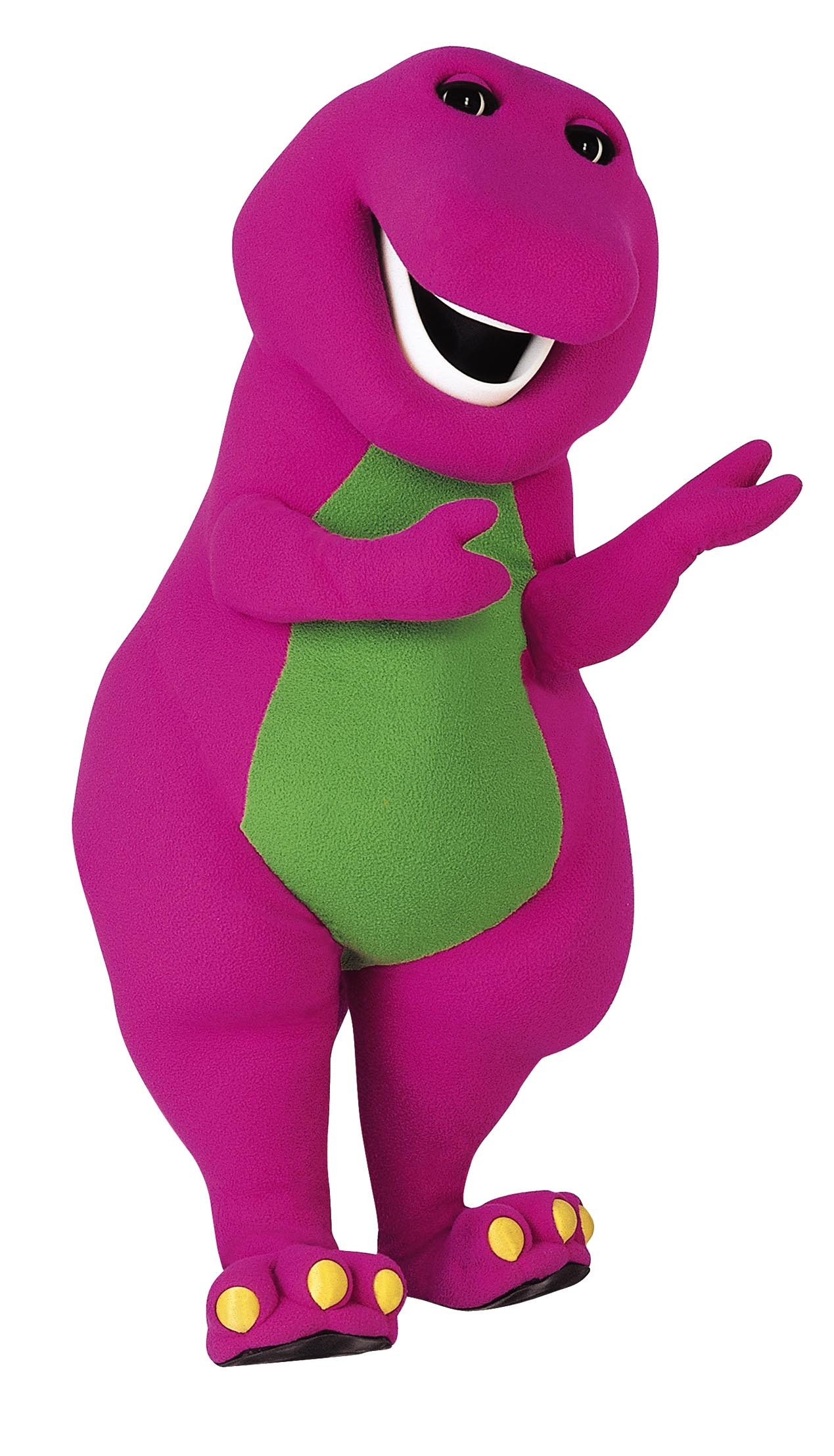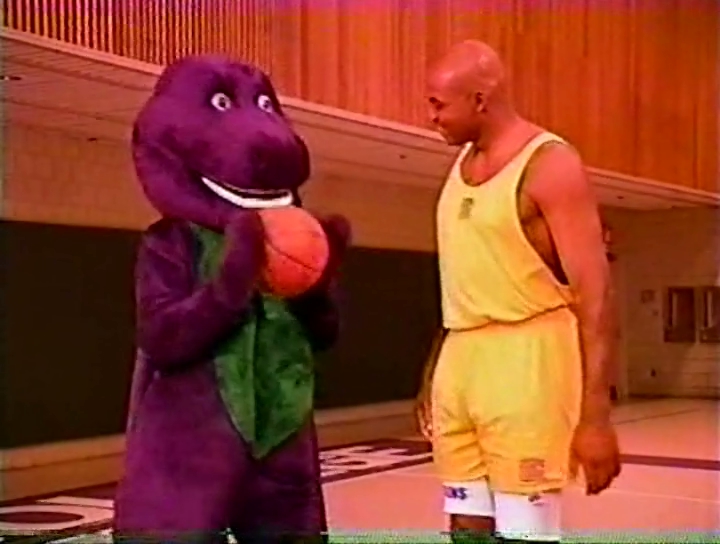Under The Sea.
Orion is clearly visible in the southeast in the evenings now, the hunter rising each night through the bare branches of trees as the deer behind our house snort and stomp off to find a place to sleep. I was thinking about how we’re now in the hunting season when I read an article about a fisherman in the town of Talamone, Italy, who’s gotten sculptors to create an underwater art gallery to stop fishing. Specifically the underwater sculptures are there to block trawlers which scrape the bottom, dredging up everything to harvest a few more fish and to do it more cheaply than traditional net fishing. Trawlers are illegal close to the coast but the local authorities weren’t doing anything to stop them, especially when they’d go out and do their trawling in the middle of the night, so a local fisherman named Paolo Fanciulli, who sounds like a pretty cool guy, started going after them himself. First he scared them away with a big spotlight, but that was only a temporary solution. Then he got the brilliant idea of sinking large blocks of marble in the bay to block the trawlers. And sculptors stepped up to make the blocks of marble works of art, like this one:
There are thirty-nine blocks in the bay now.
It’s not just preventing illegal fishing. It’s allowing sea grass, which traps large amounts of carbon and which had been destroyed by the trawlers, to come back and flourish, which, in turn, creates a healthy environment for fish which is what fishermen want.
Of course fishermen also pull fish out of the water and kill them because, hey, we’ve all gotta eat, and that’s just the nature of, well, nature: something has to die so something else can live, but there also has to be a balance, a harmony to it–a way to create space for new life. Trawling isn’t sustainable and it’s the only thing that should die permanently.



 Recently I read
Recently I read  There’s one on every block. In some places there are two or more. Halloween decorations have become at least as popular as Christmas decorations which is why they come out at the same time and can we please not have Christmas decorations on store shelves in August?
There’s one on every block. In some places there are two or more. Halloween decorations have become at least as popular as Christmas decorations which is why they come out at the same time and can we please not have Christmas decorations on store shelves in August?
 What do Nightmare On Elm Street 2, Hellraiser 2, Jaws 4: The Revenge, Friday The 13th Part 3, Pet Sematary 2, The Exorcist 2: The Heretic, and Beware! The Blob all have in common? If you said they’re sequels you’re technically correct but missed the fact that they’re all terrible sequels.
What do Nightmare On Elm Street 2, Hellraiser 2, Jaws 4: The Revenge, Friday The 13th Part 3, Pet Sematary 2, The Exorcist 2: The Heretic, and Beware! The Blob all have in common? If you said they’re sequels you’re technically correct but missed the fact that they’re all terrible sequels. Then I mostly forgot about it until recently when I went to take a look. The trees have grown together so much at their base the hole is almost gone and they’ve absorbed the rocks. And that makes me think what was originally going on was tree growth forcing the rocks up and out of the hole.
Then I mostly forgot about it until recently when I went to take a look. The trees have grown together so much at their base the hole is almost gone and they’ve absorbed the rocks. And that makes me think what was originally going on was tree growth forcing the rocks up and out of the hole. Every October I eat at least three family-size boxes of Count Chocula, Franken Berry, and Boo Berry. More in those odd years when they re-release the less popular but still tasty Frute Brute and Yummy Mummy. I’m making up for a childhood when I couldn’t have sugary cereals but I did stay up and watch midnight movies on the UHF station, making the Monster cereals the most tantalizing forbidden fruit in the cereal aisle.
Every October I eat at least three family-size boxes of Count Chocula, Franken Berry, and Boo Berry. More in those odd years when they re-release the less popular but still tasty Frute Brute and Yummy Mummy. I’m making up for a childhood when I couldn’t have sugary cereals but I did stay up and watch midnight movies on the UHF station, making the Monster cereals the most tantalizing forbidden fruit in the cereal aisle. 


 You unlock this door with the key of imagination. Beyond it is another dimension – a dimension of sound, a dimension of sight, a dimension of mind. You’re moving into a land of both shadow and substance, of things and ideas.
You unlock this door with the key of imagination. Beyond it is another dimension – a dimension of sound, a dimension of sight, a dimension of mind. You’re moving into a land of both shadow and substance, of things and ideas. When I saw that a
When I saw that a 

 When I took my first art history class I was fascinated by all the -isms. The way it was taught gave me a pretty naïve initial impression since, after all, Impressionism was the first -ism that was covered in that class. Yes, Impressionism was preceded by Romanticism and Neo-Classicism, but we actually didn’t get to those until later, which just added to the confusion. And it didn’t help that in that first class I got a pocket-sized introduction that made it sound like the different -isms were distinct and separate: Impressionism was followed by Fauvism which was followed by Expressionism, although that mostly happened in Germany, which was then followed by Post-Impressionism and then Cubism happened and everything exploded. And along the way there were some one-person -isms like Seurat and his Pointillism.
When I took my first art history class I was fascinated by all the -isms. The way it was taught gave me a pretty naïve initial impression since, after all, Impressionism was the first -ism that was covered in that class. Yes, Impressionism was preceded by Romanticism and Neo-Classicism, but we actually didn’t get to those until later, which just added to the confusion. And it didn’t help that in that first class I got a pocket-sized introduction that made it sound like the different -isms were distinct and separate: Impressionism was followed by Fauvism which was followed by Expressionism, although that mostly happened in Germany, which was then followed by Post-Impressionism and then Cubism happened and everything exploded. And along the way there were some one-person -isms like Seurat and his Pointillism.